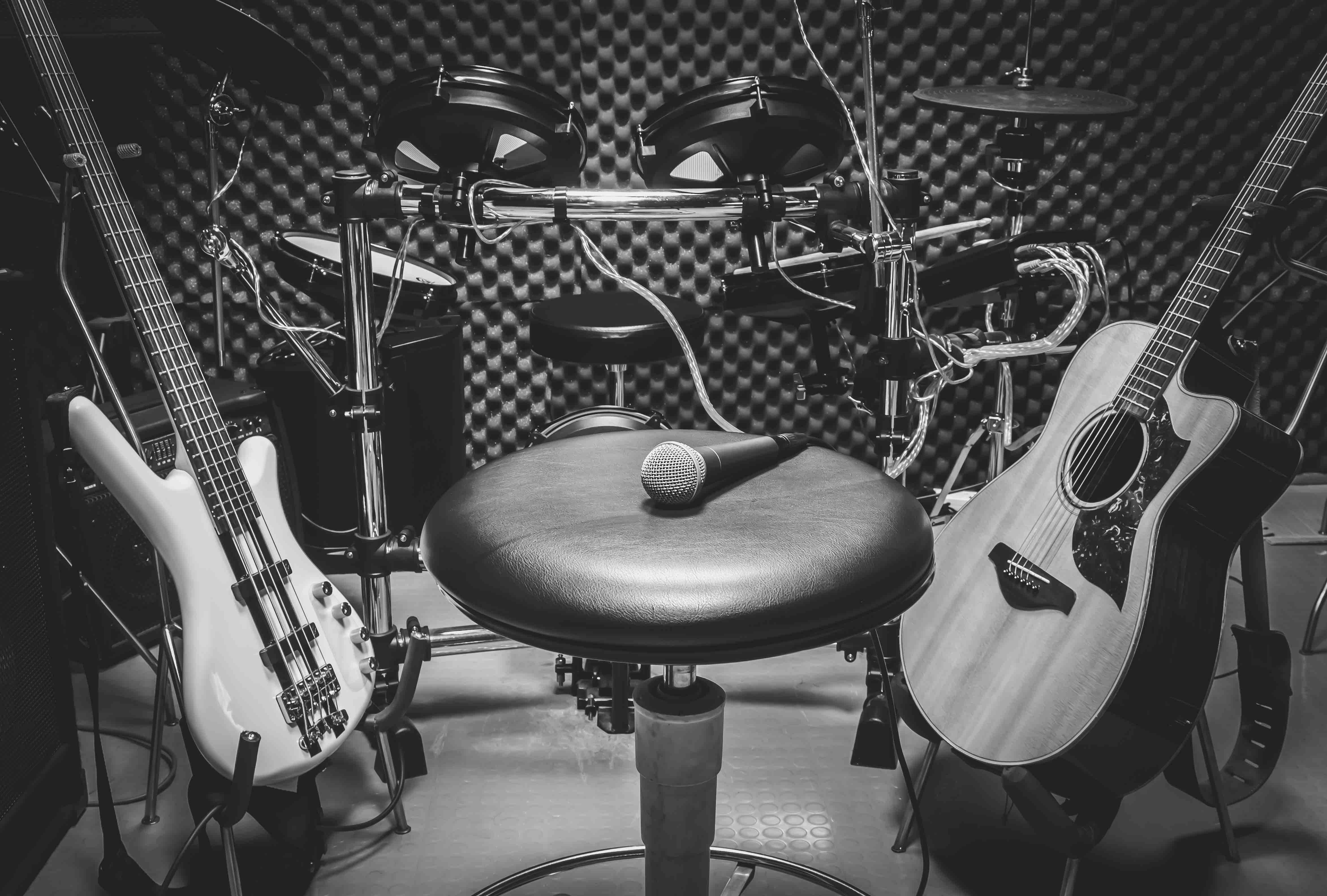-
Audio
-
Guitar
-
Bass
-
Blog
-
SALE
- Financing
- Support
- SINCE 1946
April 01, 2024

We already know that “Just fix it in the mix” might be the worst phrase ever uttered in a recording studio. It’s crucial to get things right at each stage, rather than passing mistakes along the chain when they’re harder to handle.
But even more than that, a great mix can be dictated early in the process of writing and production by arranging songs so that they basically mix themselves.
This means giving elements space, planning a full and balanced frequency spectrum, and planning ahead so the mix engineer doesn’t have to handle tons of conflicting elements. Approaching arrangement like this – with the final mix in mind – not only leads to better results with less effort, it also makes the entire process faster.
The main thing a mixer deals with is balancing frequencies. If an arrangement calls for many distorted guitars and a lead vocal, as well as a bass part written near the mid-range and piano parts written for the middle octaves, the mixer will have a lot of work to do to give everything its own space.
So instead, think about frequency range ahead of time. Give each instrument its own general frequency band. For example, instead of having the piano playing in the middle section and stepping on the vocal, move the left hand down and the right hand up and octave.
Similarly, give the bass a part that underpins the guitar part instead of doubling. Or let a string pad occupy the highest bands, leaving space for a lead line or vocals.
This approach will help declutter a mix, but you can also run into the opposite problem. If your parts are all written too high, for example, your mix could be cluttered there, but weak in the low end. Plan for the whole frequency spectrum in the arrangement – which may mean adding, subtracting, or changing parts.
Muddy, boomy, or unfocused low end is the number one indicator of a bad mix. This can be hard or impossible to fix if the bass and kick parts aren’t arranged well. Think of two things when planning the bass and kick drum parts:
Think also about bass note length. It can be powerful and useful to use long, held out bass notes, but remember that in general, long notes or legato bass parts lend themselves to a less focused low end in the mix. That doesn’t mean those notes are a no-no, just remember they need space.
The other big tell in an unprofessional mix is inaudible lyrics or buried vocals. Mixers have a ton of tricks like compression, automation, ducking, saturation, and EQ to make vocals pop forward, but the whole thing is easiest if vocal passages are written with space for the singer to sit.
This means not writing lead lines that play on top of vocals and dropping instruments out or having them play simpler parts during vocal sections. Depending on the singer, it could also mean re-writing vocal melodies to avoid notes that the singer can’t get loud enough or that go too far into an already cluttered frequency band.
Finally, great mixes have plenty of contrast. A professional mixer will try to make the chorus sound very different from the verses and bridge, but arrangement is everything here. Plan for a dynamic, interesting mix ahead of time by changing parts, adding and subtracting instruments, and letting go of the idea that everyone should always be heard. This goes for the stage too. In great shows, no one element is heard at all times – not even the singer.
Great recordings are built from the ground up, which ultimately means not the tracking stage, but the writing/arranging stage. And great arrangements make great mixes inevitable. So, keep this in mind if you aren’t already, and mixing should get a lot easier.
October 13, 2025
Carvin TRC Active Column Array System features and setup video. Watch this video to discover the features and benefits of our active column array sound system. TRC Powered Column Array Systems offer portability with high SPL levels that project up to 400’ with exceptional clarity. Unsurpassed high frequency and deep bass response will place the audience in the center of your performance. TRC Systems are scalable and are available in 2000W, 4000W, and 8000W models.
June 18, 2025
Carvin Audio teams up with Red Bull to provide audio for the VIP experience in Des Moines for the 2025 Soap Box Race Iowa. The TRC Active Column Array System was used for the event.
June 13, 2025
The Carvin TRx5000 Series Line Array System was deployed for the Sheffield School of Dance annual recital at the Mitchell Center on the campus of the University of South Alabama.
Sign up to get the latest on sales, new releases and more…
NoFraud Frequently Asked Questions
"Make a joyful noise unto the Lord all of the earth; make a loud noise and rejoice and sing praises. Sing to the Lord with the harp and the voice of the psalm." - Psalm 98:4-5
© 2025 Carvin Audio.
Carvin Corp.
POS and Ecommerce by Shopify
